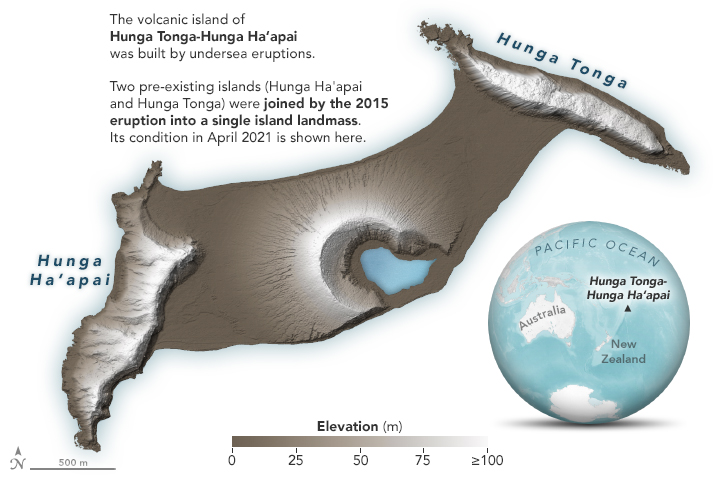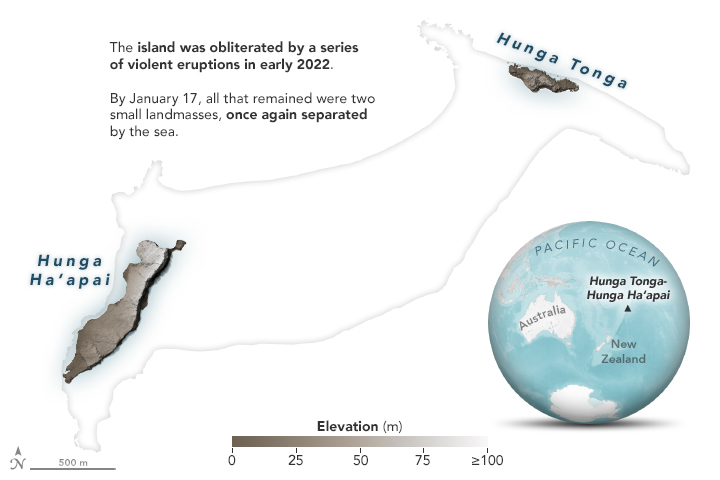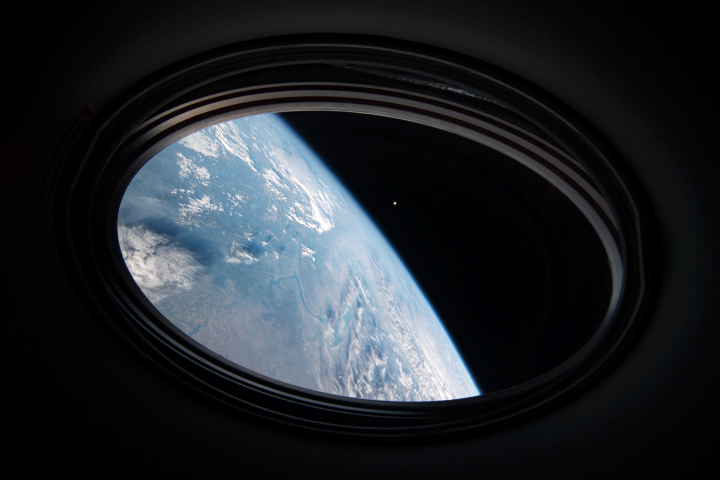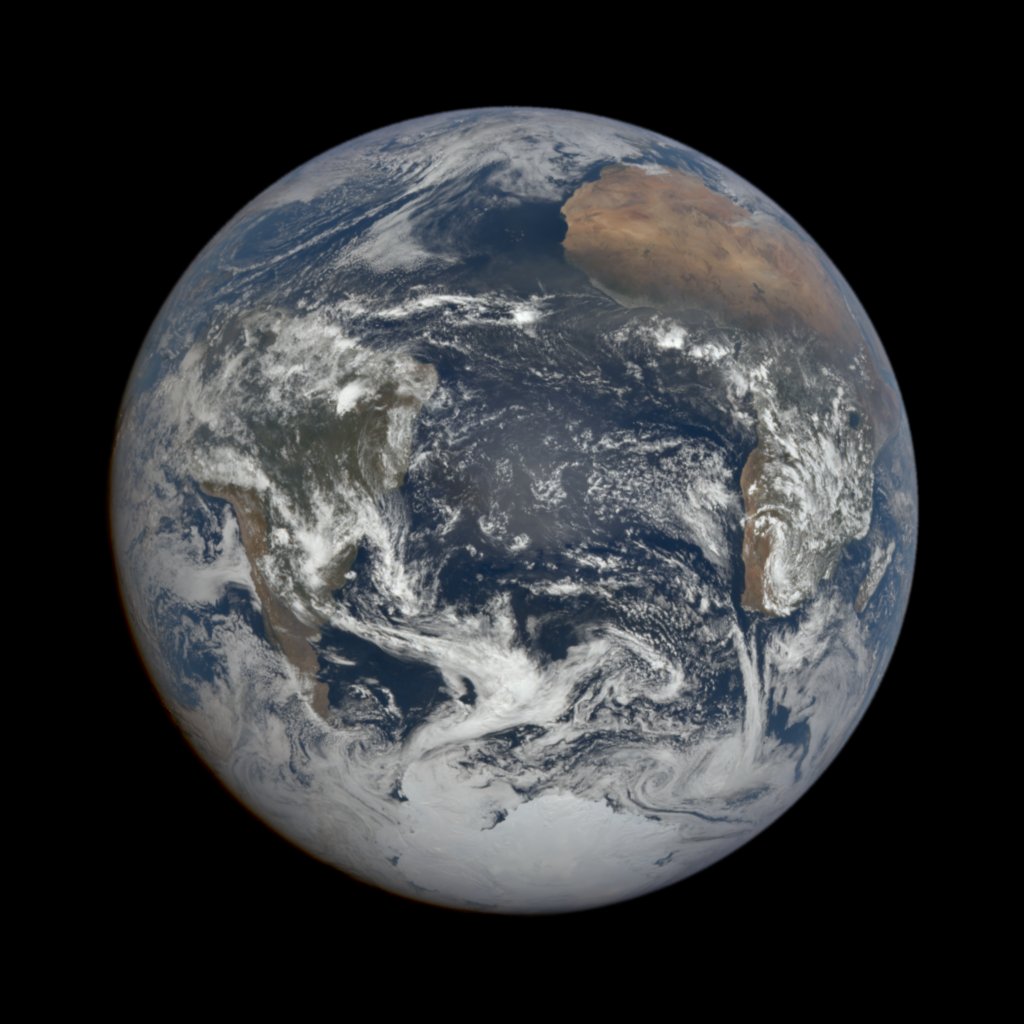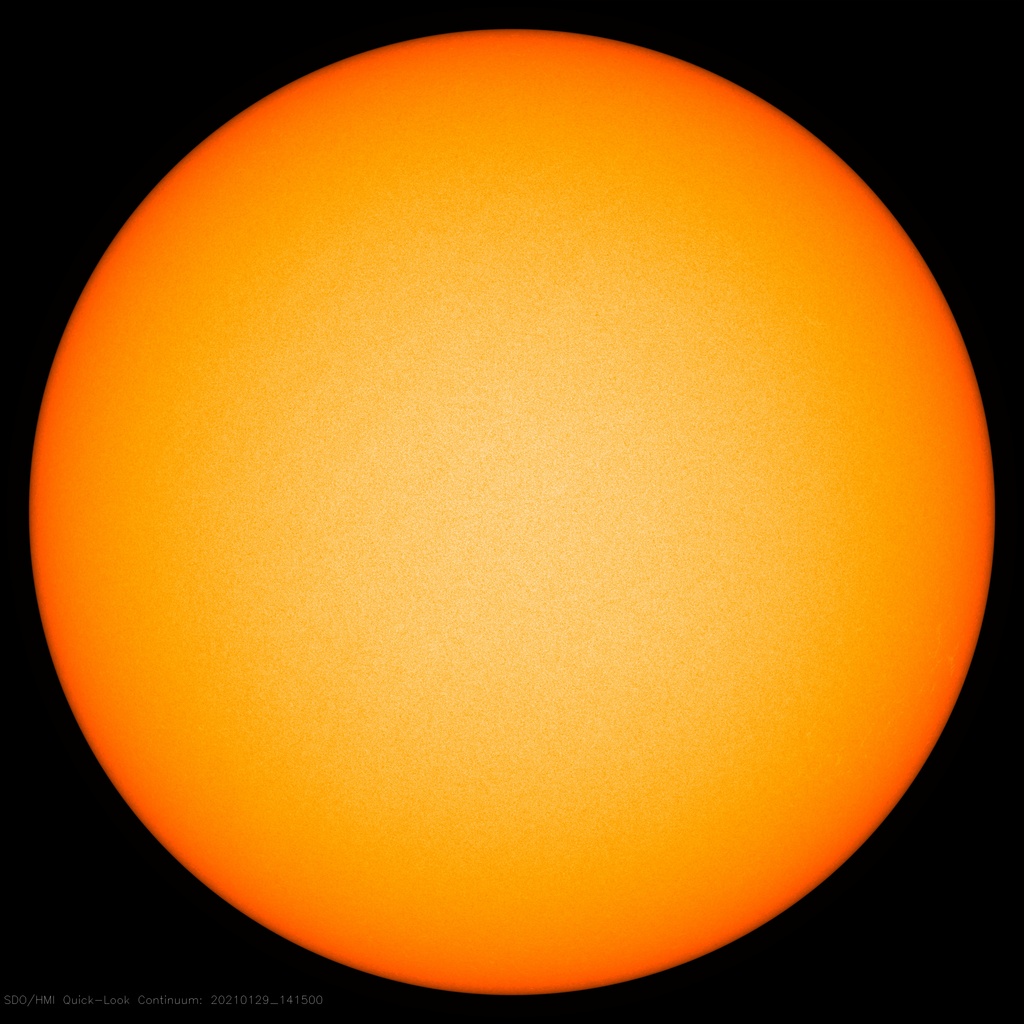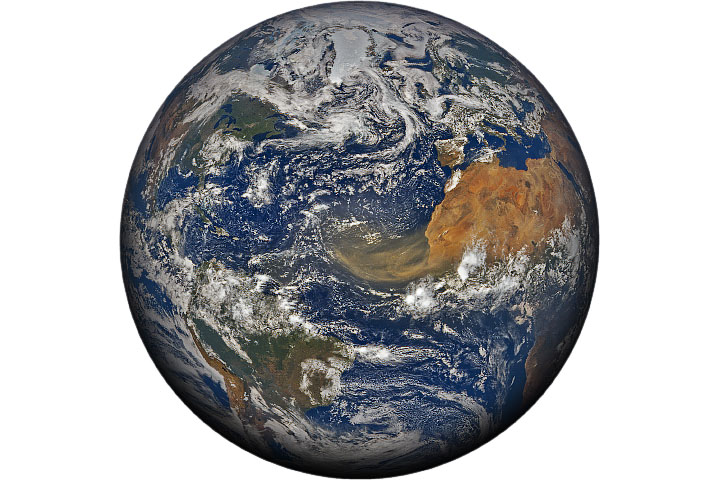
Women have been working to study and understand our home planet from @NASA's very beginning. On #InternationalWomensDay2022 and all #WomensHistoryMonth, we’ll celebrate some of the women who help us see Earth more clearly. 

Dr. Kate Calvin is @NASA’s Chief Scientist and Senior Climate Advisor. She connects climate science across the agency so we can better understand how our planet is changing. #IWD2022 #InternationalWomensDay
go.nasa.gov/3pMWCeu
go.nasa.gov/3pMWCeu

Sascha Burton helped lead mechanical integration and test operations for the upcoming SWOT mission that will take @NASA’s first global survey of Earth’s surface water. She is now ramping up to support the NISAR mission with radar antenna deployment test campaigns. #IWD2022 

Dr. Tahani Amer has always been passionate about learning the secrets of the universe and how to improve and protect life on Earth. At @NASA she is an Earth Science program executive, working on missions like SWOT, GeoCarb, & CLARREO Pathfinder. #IWD2022
go.nasa.gov/3MHFtgr

go.nasa.gov/3MHFtgr


Dr. Bridget Seegers is a research scientist in NASA’s Ocean Ecology Lab. She works with the Cyanobacteria Assessment Network (CyAN), helping to monitor and provide warnings for harmful algal blooms. #IWD2022 #InternationalWomensDay go.nasa.gov/3vNhhmr 

Dr. Kimberley Miner is a climate scientist at @NASAJPL where she researches and forecasts climate risks. Her work has taken her to the most extreme environments in the world–from Antarctica to Mt. Everest. go.nasa.gov/3pK7Ro9 #IWD2022 #InternationalWomensDay 



Growing up, Dr. Hui Su watched weather balloons released after school. Today, she is an Earth scientist at @NASAJPL who studies clouds and storms. #IWD2022 #InternationalWomensDay go.nasa.gov/35BfOoE 

Dr. Lola Fatoyinbo Agueh loves to explore new places. As a Research Physical Scientist at @NASAGoddard, she uses satellite data to monitor how forests have changed over time and how they could change in the future. #IWD2022 #InternationalWomensDay
• • •
Missing some Tweet in this thread? You can try to
force a refresh


